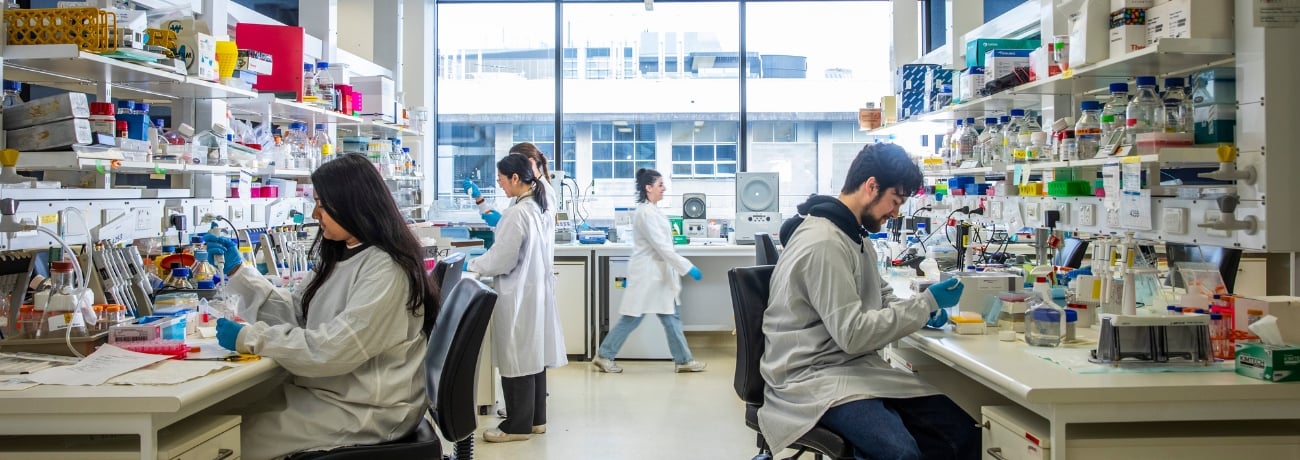Presynaptic dysfunction in Parkinson’s disease
The presynaptic protein alpha synuclein has been clearly implicated in the aetiology of Parkinson’s Disease (PD).
Alpha synuclein has been proposed to modulate various aspects of the synaptic vesicle cycle. Importantly, it controls the presynaptic targeting of a key synaptic vesicle protein, synaptobrevin II, which is crucial for neurotransmitter release.
Here, we will determine how alpha synuclein regulates the localisation and function of synaptobrevin II and the implications this has for synaptic vesicle dynamics and neurotransmitter release. Additionally, we have recently identified novel sites in alpha synuclein that are phosphorylated in an activity-dependent manner. This project will also ascertain how phosphorylation at these distinct residues modulates the function of alpha synuclein as a regulator of presynaptic activity.
Aims
- Project 1: Investigate how alpha synuclein regulates the synaptic vesicle cycle and neurotransmitter release.
- Project 2: Investigate how phosphorylation controls the function of alpha synuclein at nerve terminals.
Parkinson’s Disease is the second most common neurodegenerative disorder, affecting 7 million people worldwide.
The cause of PD is unknown. It is primarily a disease of ageing, affecting 1% of the population over the age of 60; this translates to 1 in 350 people in Australia living with PD. PD already costs the Australian health system almost $0.5 billion annually; with our ageing population, we can expect to incur an increasing health burden from PD. Considering the debilitating nature of this disorder, and the burden it poses to our healthcare system, it is imperative that the underlying cause of PD is identified so that therapeutics can be developed.
PD has a complex pathophysiology. Whilst there is no doubt that Lewy body formation and neuronal cell loss are end-points in PD, there is increasing evidence that disturbance in the nerve terminal precedes and possibly initiates the subsequent pathology in cell bodies. One of the earliest documented changes in both animal models of PD, as well as in patients, is synaptic dysfunction and/or loss.
Whilst the underlying cause of PD is unknown, the presynaptic protein alpha synuclein has been clearly implicated in the aetiology of the disorder. Much work has focussed on how aggregation of the protein contributes to neuronal toxicity. However, remarkably little is known about the normal physiological function of this disease-associated protein.
Several projects are on offer to examine the molecular mechanisms underlying the presynaptic functions of alpha synuclein. These projects will implement a variety of techniques including
- molecular biology
- biochemistry
- primary neuronal cell culture from transgenic and wild-type rodent lines
- fixed immunofluorescence imaging
- live-cell fluorescent imaging
These projects will give students the opportunity to master a range of key transferrable skills.
Research team
Supervisor
Research group
Take part in this project
Student applications
Students who are applying to study at The Florey can register their interest in this project. Refer to our step-by-step guide to help you with your application.
Contact us
If you’re interested in learning more about this project please contact our team.
